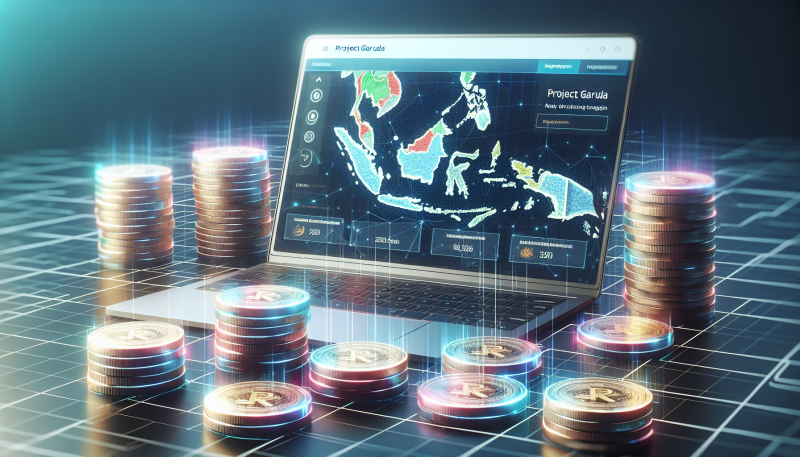What happened?
Bank Indonesia announced it is advancing a digital rupiah that blends CBDC features with stablecoin mechanics, backing each unit with tokenized government bonds and digital central bank securities. The rollout is part of Project Garuda and will begin with a wholesale interbank phase before expanding to retail use. BI says the design builds on a 2024 DLT proof-of-concept to improve settlement, transparency, and programmable payments.
Who does this affect?
Indonesian banks and payment providers are first in line because the wholesale phase targets interbank settlement and liquidity operations. It also directly affects bond markets and investors since government securities will be tokenized and used as the CBDC’s backing. Crypto firms, private stablecoin issuers, businesses, and everyday consumers will feel the impact later when a retail version offers a government-backed digital payment option.
Why does this matter?
This matters because a bond-backed CBDC can boost liquidity, speed up settlement, and cut transaction costs, making Indonesia’s bond and payments markets more efficient. Offering a sovereign, asset-backed alternative to private stablecoins could shift demand away from private crypto products, alter bank deposit flows, and change where digital transactions and trading activity happen. On the international front, a programmable, interoperable digital rupiah could influence capital flows, cross-border payment patterns, and investor views on Indonesian yields and FX, with potential knock-on effects for markets.
